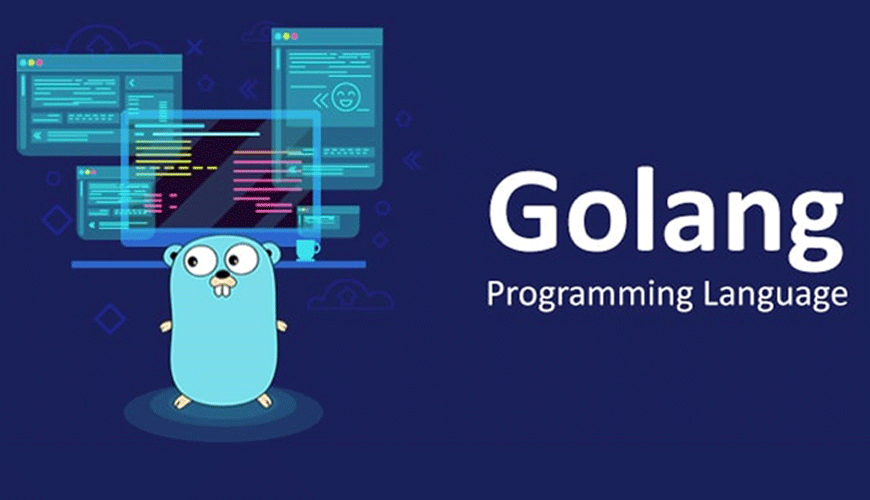What if a researcher working in a small lab set in a remote village can collaborate with someone working in an urban lab setup and perform experiments together?
Sounds improbable. Right?
Well, this is not possible with the traditional lab setup but not with virtual reality.
The traditional lab set limits the user to the physical boundaries of limited lab space, availability of specialized equipment, and geography.
However, the VR labs allow the user to perform virtual experiments by stepping into the virtual laboratory space from the comfort of their workspace.
This means all those science experiments are no longer confined to the four walls of a physical laboratory.
Isn’t this similar to bringing the concept of science fiction into reality?
By wearing a VR headset scientists can immerse themselves in a vast universe of possibilities, accessing an expansive library of simulated scenarios and specialized instruments.
And, its impact is nothing short of revolutionary.
Applications of Virtual Reality Laboratory
Virtual experiments provide scientists with a playground for creativity. Here are some of the groundbreaking ways in which this technology is transforming the scientific landscape:
Medical Training and Simulation
Virtual reality laboratories are changing the way budding medical students and seasoned professionals are being trained.
VR creates a virtual environment where individuals can master their skills by practicing complex surgical procedures on a virtual yet life-like patient.
Not only they can practice surgeries, but they can also diagnose complex cases and engage in realistic interactions with the patients, that too without the risks of the real world.
The impact?
This immersive technology of Virtual Reality helps healthcare practitioners enhance their skills along with contributing towards the safety of the patients. VR for medical training also helps in improved medical outcomes.
Environmental Research and Conservation
VR labs provide an extraordinary opportunity for environmental scientists and conservationists to study Earth’s ecosystems and wildlife in an innovative and eco-friendly way.
The researchers can immerse themselves in the virtual environment and visit the Amazon rainforest. They can even dive deep into the enigmatic depths of the ocean, or how about exploring the endangered habitats from the comfort of their labs?
Yes, all of this is possible with VR.
But what is its result?
The breakthrough technology of VR helps in the reduction of the ecological footprint that is associated with fieldwork.
It also empowers the budding scientist to gain a deeper and more comprehensive insight into the ecosystem of the whole planet.
Within VR labs, the researchers can observe and interact with wildlife without disturbing their natural habitats for performing environmental research.
VR makes studying the natural world an immersive journey contributing towards the protection and preservation of our precious natural ecosystems.
Physics and Engineering Research
VR labs for engineering education allow the researchers to look into the intricacies of complex experiments which are highly expensive and perilous in a traditional lab setup.
VR for engineering allows scientists to simulate particle collisions with incredible precision to understand high-energy physics.
This capability not only saves resources but also accelerates progress in understanding the fundamental building blocks of the universe.
How can we forget about testing the resilience of materials under extreme conditions within a safe and controlled virtual environment?
Yes, everything is possible within the virtual world. Researchers can explore the limits of materials in scorching temperatures, extreme pressures, or other challenging scenarios and get crucial insights.
The data collected within the virtual lab environment can fuel innovation across all engineering disciplines, be it material science or aerospace engineering.
We can say that the future of physics and engineering research within the virtual lab is boundless.
VR allows students to test and discover new ideas in a simulated way.
Space Exploration
Who said Space is far away?
No, it is not with Virtual Reality. Think of the astronauts in training. They can use VR laboratories to simulate spacewalks, practice operating spacecraft, and even experience the solitude and vastness of space.
The immersive experience of VR can prepare the students for the challenges they can encounter while exploring space. Thus, making the interstellar missions more feasible and safer.
Education and Public Outreach
If you think that VR labs are restricted to the world of professional research, then you are wrong.
VR labs are equally important in the educational world and public outreach. VR provides learners of all ages the opportunity to gain hands-on, immersive learning experiences.
For instance, history students can take a tour of the past and gain an understanding of ancient civilizations by visiting historical sites and events.
Most importantly, Chemistry students can conduct experiments without any risk of accidents in VR.
This enables them to learn about complex concepts with practical experience, bridging the gap between theory and practice.
Conclusion
To conclude, Virtual experiential learning is representing a quantum leap in the field of scientific research. It has opened the doors to new possibilities. As we are standing in the middle of this exceptional era, we can only imagine the world of groundbreaking discoveries and innovations that lie ahead.





